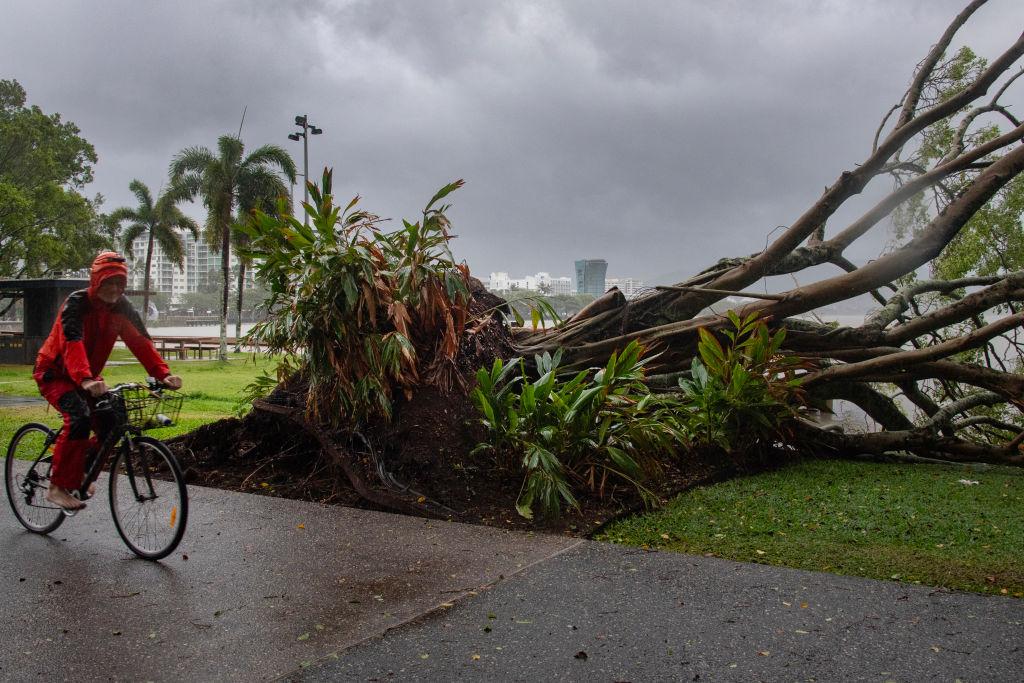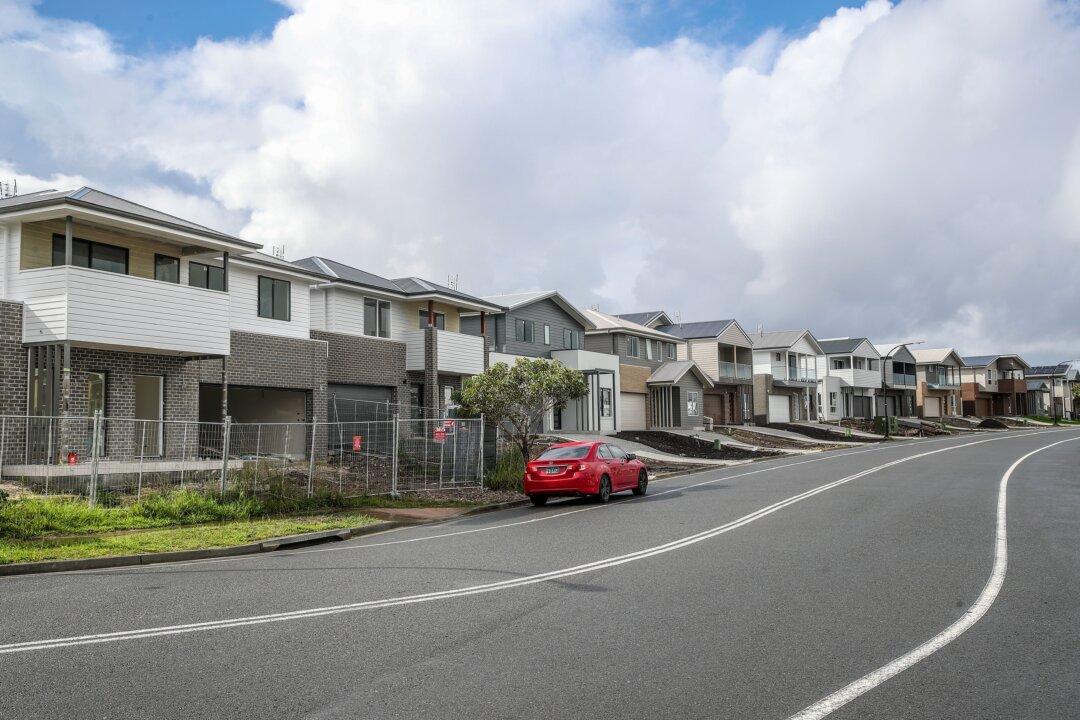Insurers paid customers affected by extreme weather events an average of $2.1 billion ($1.4 billion) annually over the past three decades, signifying how climate change has affected the economy.
Insured losses from declared insurance catastrophes also grew from 0.2 percent of GDP from 1995 to 2000 to 0.7 percent for the last five years, the Insurance Council of Australia’s (ICA) Insurance Catastrophe Resilience Report 2023-24 showed.




